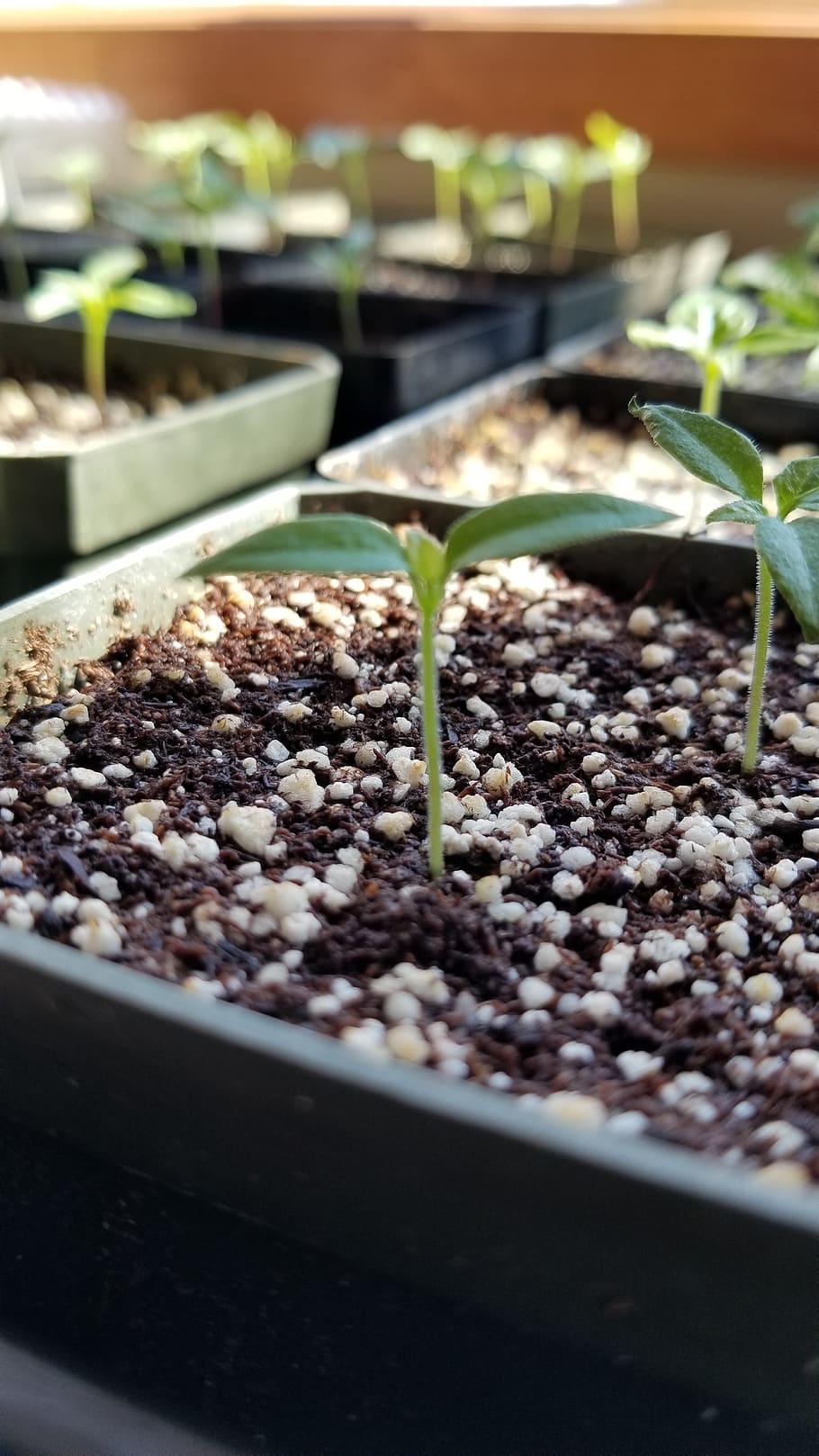Growing Peppers Indoors – Guidelines & Tips
Growing peppers indoors can be a rewarding and interesting experience! Whether you are a first-time gardener or an experienced green thumb, peppers can be an enjoyable greenhouse addition. This article provides a few guidelines and tips for growing peppers indoors, ranging from selecting the right type of pepper to ways to ensure that you are successful in raising a healthy and vibrant pepper crop in your home.
Select the Right Variety of Pepper Plant
The size and type of pepper plant you choose for your home largely depends on the space you have available for the plants. Sweet peppers work well in a small space and usually only need a pot with a depth of 8 to 12 inches. For a larger area, consider chili peppers as they need deeper soil in a 12 to 18-inch pot.
However, this also depends on the types of peppers you want to grow. Do your research and pick the varieties that best suit your needs, tastes, and preferences.
Provide the Right Temperature and Light Conditions
Pepper plants, like all other plants, need the right temperature and light conditions to grow successfully. While pepper plants need plenty of light, they should be kept away from direct sunlight. Aim for at least six to eight hours of indirect light every day.
When it comes to temperature, it is important to keep your pepper plants in an environment that does not get too hot or too cold. The ideal temperature for growing peppers indoors is between 65 and 85 degrees F.
Water Appropriately
One of the most important elements for growing peppers indoors is watering. Make sure your pepper plants are getting the right amount of water. Too much or too little water can ruin your crop.
Unlike other plants, peppers need to be watered more often and consistently. During the summer months, it is important to water your peppers every day, but in the winter months, you can water every other day. Aim to keep the soil damp but not soaked.
Provide Proper Nutrition
Ensure that your plants are getting all the essential nutrients that they need to thrive. Add compost or a balanced, slow-release fertilizer to the soil to provide nutrient-rich food for the pepper plants.
Also, remember to pay attention to any nutrient deficiencies that the plants might experience. Monitor the leaves and stems and if you notice any discoloration or spotting, take action accordingly.
Overall Maintenance
Monitoring the health of your pepper plants is essential for a successful crop. Keep an eye out for any diseases or pests that might impact your plants. If any of these issues arise, take action immediately to ensure that your plants are safe and healthy.
To give your plants enough air circulation, ensure that there is enough space between your plants. Proper air circulation helps to prevent the spread of diseases and provide peppers with enough room to grow and thrive.
Harvesting Your Peppers
When your peppers are the desired size and color, you can start harvesting them. Make sure to wear gloves when handling peppers, as hot peppers can burn your skin. Use a sharp tool or a pair of scissors to carefully cut the peppers off the stem.
Conclusion
Gardening can be both a fun and rewarding experience! Implement the guidelines and tips for growing peppers indoors outlined in this article and you will be on your way to a successful greenhouse addition.



